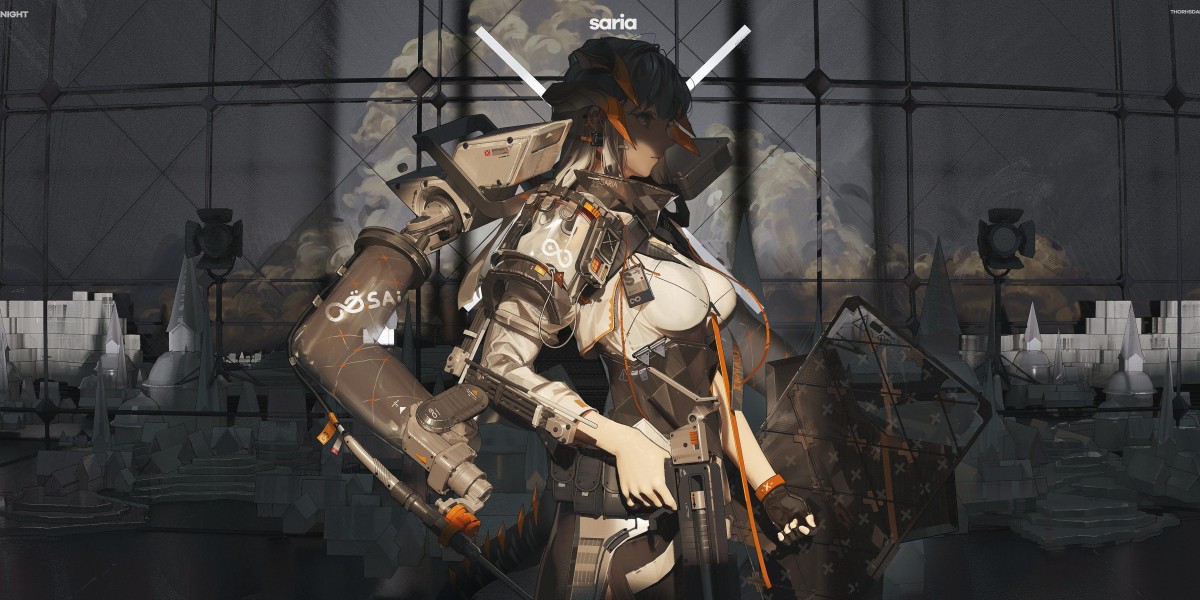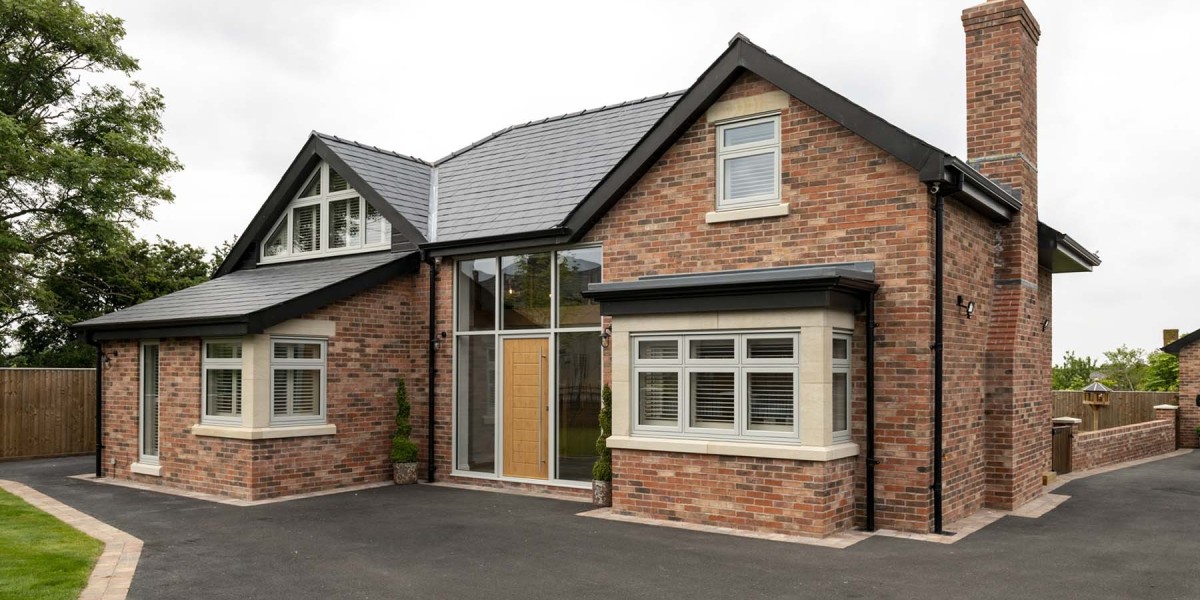Unlock the Secrets to Choosing Your Perfect FDM 3D Printer!
In recent years, FDM 3D printing has surged in popularity, captivating hobbyists, educators, and professionals alike. This technology, which stands for Fused Deposition Modeling, allows users to create intricate designs and prototypes with remarkable precision. However, with the growing number of options available, selecting the right FDM 3D printer can be a daunting task. It's essential to consider your individual needs, usage scenarios, and budget before making a decision. This article aims to guide you through the various options for purchasing FDM 3D printers, shedding light on their specifications and pricing, so you can find the perfect fit for your 3D printing journey.

Understanding FDM 3D Printing Technology
FDM technology operates by melting thermoplastic filament and extruding it layer by layer to create a 3D object. The process starts with a digital model, which is sliced into horizontal layers by slicing software. The printer then heats the filament to its melting point, allowing it to flow through a nozzle onto a build plate. As each layer cools, it solidifies, and the printer continues stacking layers until the object is complete. One of the main advantages of FDM printing is its accessibility and affordability, making it an ideal choice for beginners. However, it has its limitations, such as lower resolution compared to methods like SLA (Stereolithography), which can result in visible layer lines. Understanding these nuances can help you determine if FDM is the right technology for your projects.
Key Specifications to Consider
When selecting an FDM 3D printer, several key specifications significantly impact performance and output quality. The build volume is crucial, as it determines the maximum size of the objects you can create. Printers come in various sizes, from compact models suitable for small prints to large-format machines for extensive projects. Layer resolution, measured in microns, affects the detail of the finished product; lower microns yield finer details. Additionally, the nozzle diameter influences the thickness of the extruded filament and, consequently, the printing speed and layer adhesion. A wider nozzle can speed up printing but may sacrifice detail. Therefore, carefully considering these specifications is essential to ensure that the printer you choose aligns with your specific printing needs.
Materials Compatibility
FDM printers are compatible with various materials, with some of the most common filaments being PLA (Polylactic Acid), ABS (Acrylonitrile Butadiene Styrene), and PETG (Polyethylene Terephthalate Glycol). PLA is often recommended for beginners due to its ease of use and low warping tendencies, but it may not be suitable for high-temperature applications. ABS, while more durable and heat-resistant, can be challenging to work with due to its tendency to warp during printing. PETG combines the best of both worlds, offering durability and ease of use. Your choice of material can significantly affect print quality, strength, and application, making it essential to select a printer that supports your preferred filament types.
Price Range and Budgeting
The price range for FDM 3D printers varies widely, catering to different budgets and user needs. Entry-level printers can be quite affordable, often costing less than a few hundred dollars, making them accessible for hobbyists and educational purposes. Mid-range printers typically offer enhanced capabilities and larger build volumes, while professional-grade machines can run into the thousands, equipped with advanced features for industrial applications. It's crucial to budget not only for the initial purchase of the printer but also to account for ongoing costs, such as filament, maintenance, and replacement parts. By understanding the total cost of ownership, you can better prepare for your 3D printing venture.
Where to Buy Your FDM 3D Printer
When it comes to purchasing your FDM 3D printer, you have several options. Online marketplaces often provide a wide variety of printers at competitive prices, but it's essential to read reviews and check seller ratings. Specialty stores can offer expert advice and hands-on demonstrations, which can be invaluable for first-time buyers. Additionally, consider exploring second-hand options through platforms where users sell their used printers. While this can save you money, ensure you inspect the printer's condition and functionality before buying. No matter where you choose to purchase, being informed about what to look for can help you make a wise investment.
Final Thoughts on Selecting Your FDM 3D Printer
In conclusion, selecting the right FDM 3D printer involves understanding its specifications, budget considerations, and purchasing options. By taking the time to evaluate these factors, you can make an informed decision that aligns with your needs and aspirations. Remember to reflect on what you want to create and how often you plan to use your printer, as these insights will guide you in finding the perfect match for your 3D printing journey. Whether you’re a hobbyist looking to explore or a professional seeking precision, the right FDM printer can unlock a world of creativity and innovation.







